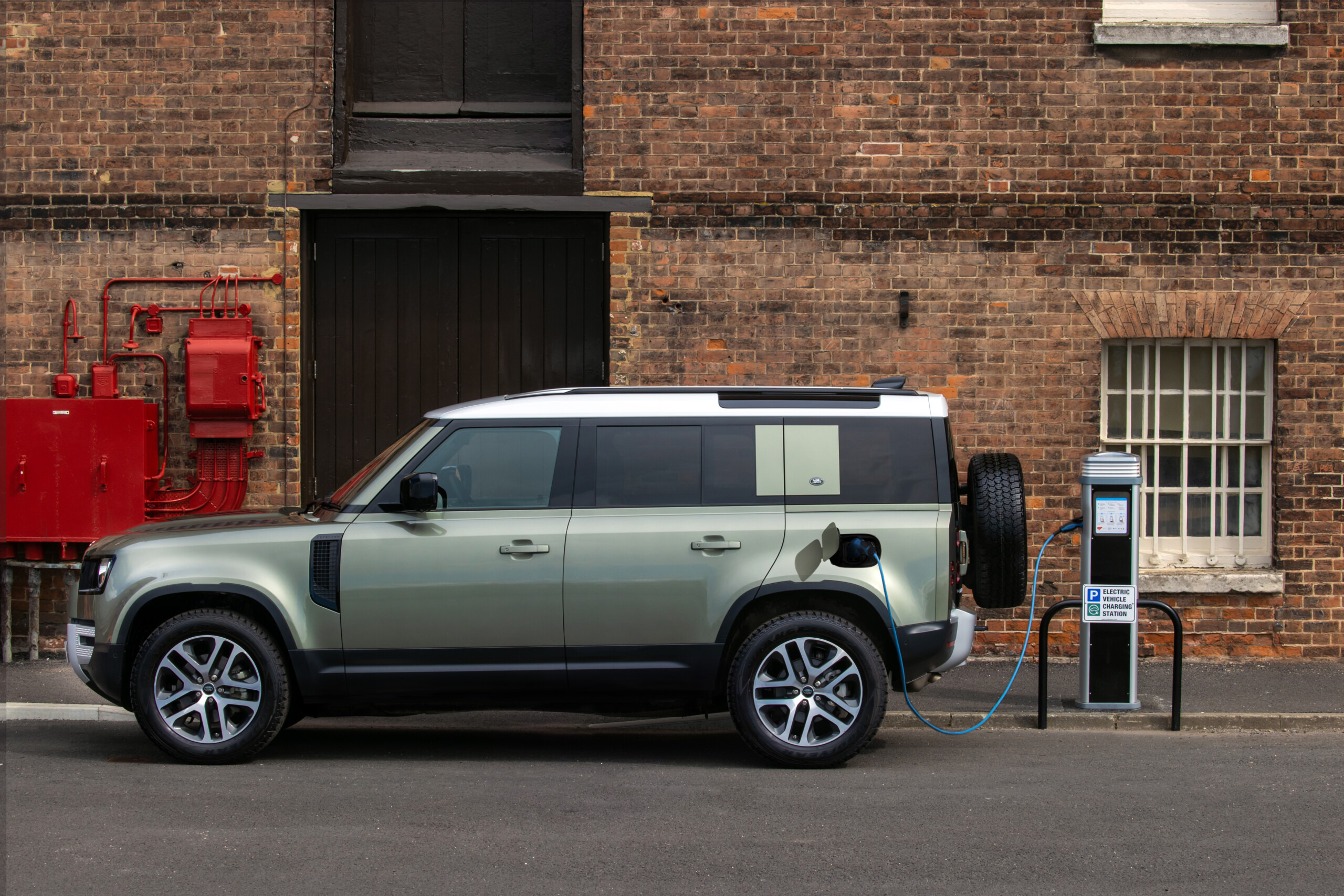The European Commission has just published the results of a very large study, the first of its kind. This allows us to conclude with certainty that plug-in hybrid cars are harmful to the environment and health. Except for one detail.
In July 2022, the NGO Transport & Environment sounded the alarm. According to their study, plug-in hybrid cars (which combine a thermal engine with a battery and an electric motor) pollute three to five times more than the figures announced by the manufacturers. At issue: the habits of drivers, often in the context of a company car, who recharged their vehicle's battery little or not at all.
The consequence is that the car runs only on gasoline or diesel when the battery is empty. And because of the weight of the battery (several hundred kilos), the car consumes more than its 100% thermal equivalent. The European Commission has just confirmed this study, with reliable and precise figures relayed by a press release.

Please note that since 2021, every new car sold in Europe is equipped with some type of tracking device. The latter is used in Europe to monitor key data such as consumption, and therefore CO2 emissions into the atmosphere. Then compare them with the data announced by the manufacturers on the vehicle technical data sheets. Enough to avoid a new Dieselgate…
Consumption 3.5 times greater than on paper
And as we can see from the figures included in the Commission's detailed report, in reality, plug-in hybrid cars consume on average 3.5 times more than the approval figures. In other words, a PHEV car (for plug-in hybrid electric vehicle) releases 3.5 times more CO2 into the atmosphere than what was predicted on paper when it was marketed.
In practice, plug-in hybrids consume, on average, 5.94 liters of gasoline or diesel to travel 100 km. Against, on average, 1.69 liters / 100 km if we refer only to the approval figures.

For comparison, for new cars sold in 2021, the European Commission announces an average real consumption of 7.44 liters / 100 km for 100% thermal engines (petrol or diesel). Against 6.13 liters / 100 km for the theoretical figures for these same cars.
And since gasoline consumption directly affects the amount of CO2 released into the atmosphere, plug-in hybrid cars don't really fare well in this area either. The Commission announces 139.4 g CO2 / km. This is still better than purely thermal cars which clock in at 180.3 g CO2/km. Compare with the 40 g CO2 / km of a recharged electric car in France.

But we must not forget that plug-in hybrids integrate a battery, the production of which is energy-intensive. Which amounts to potentially canceling out the effects of lower fuel consumption compared to 100% thermal models if we take into account the entire life cycle.
Plug-in hybrid cars: use sparingly
Be careful not to draw too hasty conclusions. Plug-in hybrid cars can be used in much more interesting ways. If they are recharged regularly and make short trips, then it is mainly the battery and the electric motor that will be used. And in this case, gasoline consumption drops drastically and can even approach zero.
Some individuals thus manage to drop below the 4 liters/100 km mark. Conversely, for company fleets whose batteries are never recharged, consumption can rise and well exceed 9 liters / 100 km.

The European Commission has the solution to stop subsidizing and promote these PHEVs which pollute significantly more than the official figures. This was precisely the idea of this cookie: to use real usage data to modify the WLTP approval cycle. The objective: for the car consumption test procedure to be as representative of reality as possible.
It must be said that the problem also affects thermal cars, as we saw above, but to a lesser extent. Since there is only one liter per 100 km difference between theoretical and practical consumption. For plug-in hybrids, it is rather around 4 liters / 100 km on average more for most manufacturers, even if Jaguar-Land-Rover is rather around 6 liters / 100 km more than the figure counterpart.
Europe's solution for plug-in hybrids
For plug-in hybrid cars, the European Commission already has the solution to correct this significant bias. This involves modifying the calculation of the utility factor. This is, overall, the total duration of the approval test carried out 100% electric. The higher this factor, the less fuel consumption will be. And vice versa. The idea is therefore to reduce this utility factor, to get as close as possible to the reality on the ground, where the car drives regularly with its thermal engine.
The European Commission plans to reduce this factor from 2025 and then again in 2027. This should make it possible to better reflect the real consumption of plug-in hybrid cars. And which should then deprive them of access to subsidies from different countries. A modification which will also allow customers to realize that PHEV technology is not at all a panacea.

The other way to better reflect the real consumption of a car in the WLTP approval test is to take more factors into account. Currently, the air conditioning or heating are turned off, for example. And we know that these can have a significant impact on the consumption of a car, especially electric in the context of heating. But the European Commission does not seem to be in favor of integrating this variable into the approval tests.
This matter of PHEV consumption is far from over. For the moment, this data comes from “only” 1 million cars across Europe (including 220,000 plug-in hybrids). Or 10% of new passenger cars sold in 2021. The objective is, ultimately, to have even larger data and to check it regularly in order to know whether it is appropriate to modify the utility factor.

